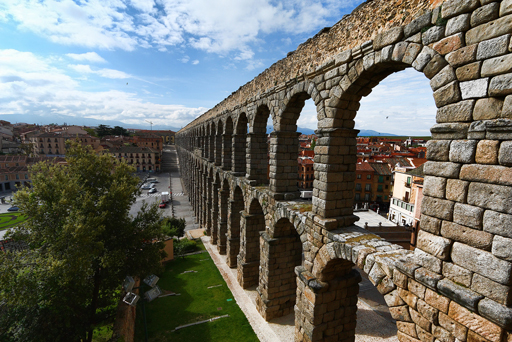Summary
While we are still not sure about how people in the ancient world used toilets, it is clear that the ancient world was not just a smelly place, but also that the people who lived in it found the smells of excrement upsetting. And this is precisely what gave excrement such power in medical interventions. Purging the body was one of the treatments that was relatively easy to do, and which had a very obvious effect.
This week you have also learned more about how ancient sewers worked. The image of ancient cities as having a good water supply and sewage system turns out not to be entirely accurate. Furthermore, some of the agricultural practices involving human waste may have spread disease.
Next week you will move away from diet and look at ideas and practices surrounding fertility and birth. Suggestions about how pregnancy happened were not only found in medical texts, but also in myth and natural history writing. How would a woman know she was expecting a baby? Was it possible to ensure you had a boy rather than a girl? How could the mind affect the body at conception? What were men’s roles at birth and how were babies cared for? How did girls learn about their bodies, and what happened if they were not fertile: would they still be considered ‘healthy’?

